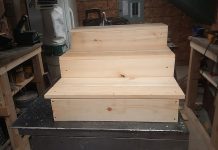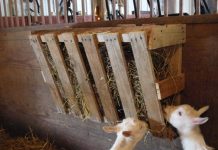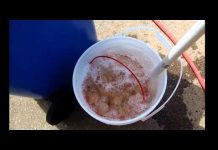Building and using a hand hay baler as demonstrated in the video above can be a great tool to have around the home; it can be used for baling pine-straw, leaves and grass. If you have an animal that needs hay during the winter months and are motivated enough; you can even plant a small patch of good quality seed to help off-set feed costs.
Why in the world would you want to make your own hay?
- Higher quality of hay, when doing your own haying you can be more specific when you harvest. A lot of commercial growers go for quantity over quality.
- You can be more specific on the type of grass used to make hay
- Good usage of fallow land
- Make you more self-sufficient and independent
Why in the world would you not want to make your own?
- Labor intensive
- Time consuming
- Weather conditions can have a strong negative impact on your results
Making hay is process that has been repeated for centuries by farmers all over the world; an overview of how to harvest and dry by hand is shown below by One Scythe Revolution.
I would recommend starting with a small 20×20 section of land and experiment with that if you attempt making your own hay. If it’s something that you feel comfortable doing then expand the area and increase your production slightly. Depending on your geographic location you can usually get several haying sessions a season and even if you only make twenty bales it will still have a direct impact on your feed costs.
So if you are thinking of giving hay making a try this summer you can get the plans for the hand hay baler at the link below. Let us know how it works for you.
..DIY Hand Hay Baler
Making Hay: How to Cut, Dry, Rake, Gather, and Store a Nourishing Crop
Ann Larkin Hansen covers everything you need to know to successfully make your own hay, from cutting, drying, and raking to baling and storing. She also tells you everything you need to know about equipment options, including traditional horse power, tractor power, and implements ranging from scythes to disc mowers. You’ll learn how to choose the right species for your soil, how to predict haymaking weather, how to judge hay quality, how to determine how much hay your animals need, and how to buy and sell hay.





